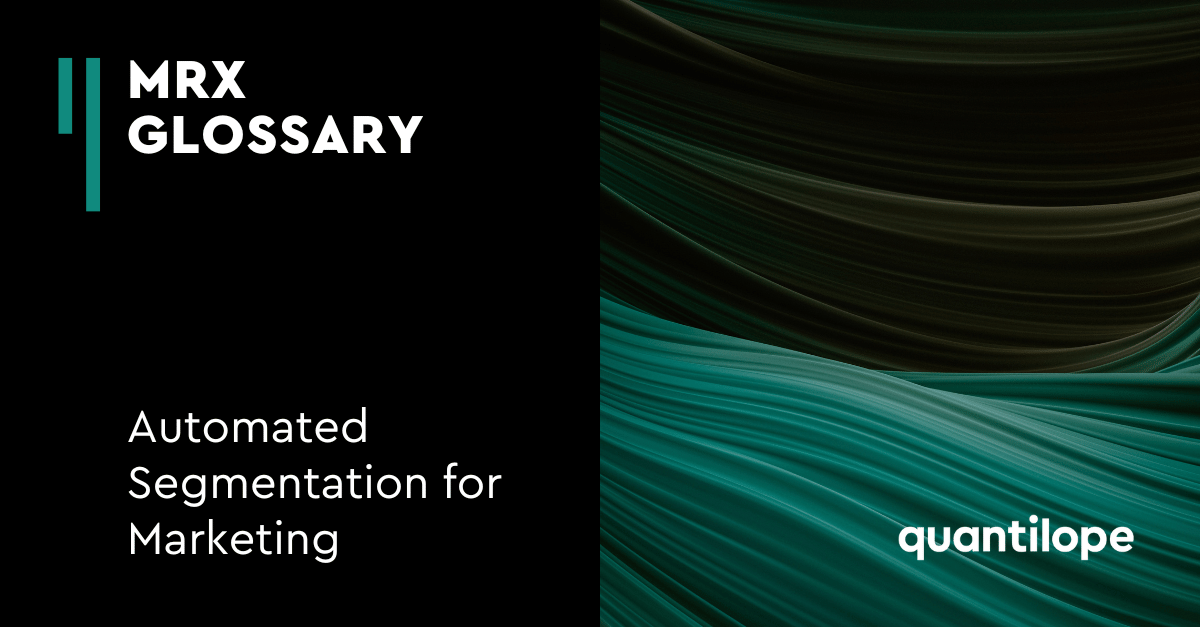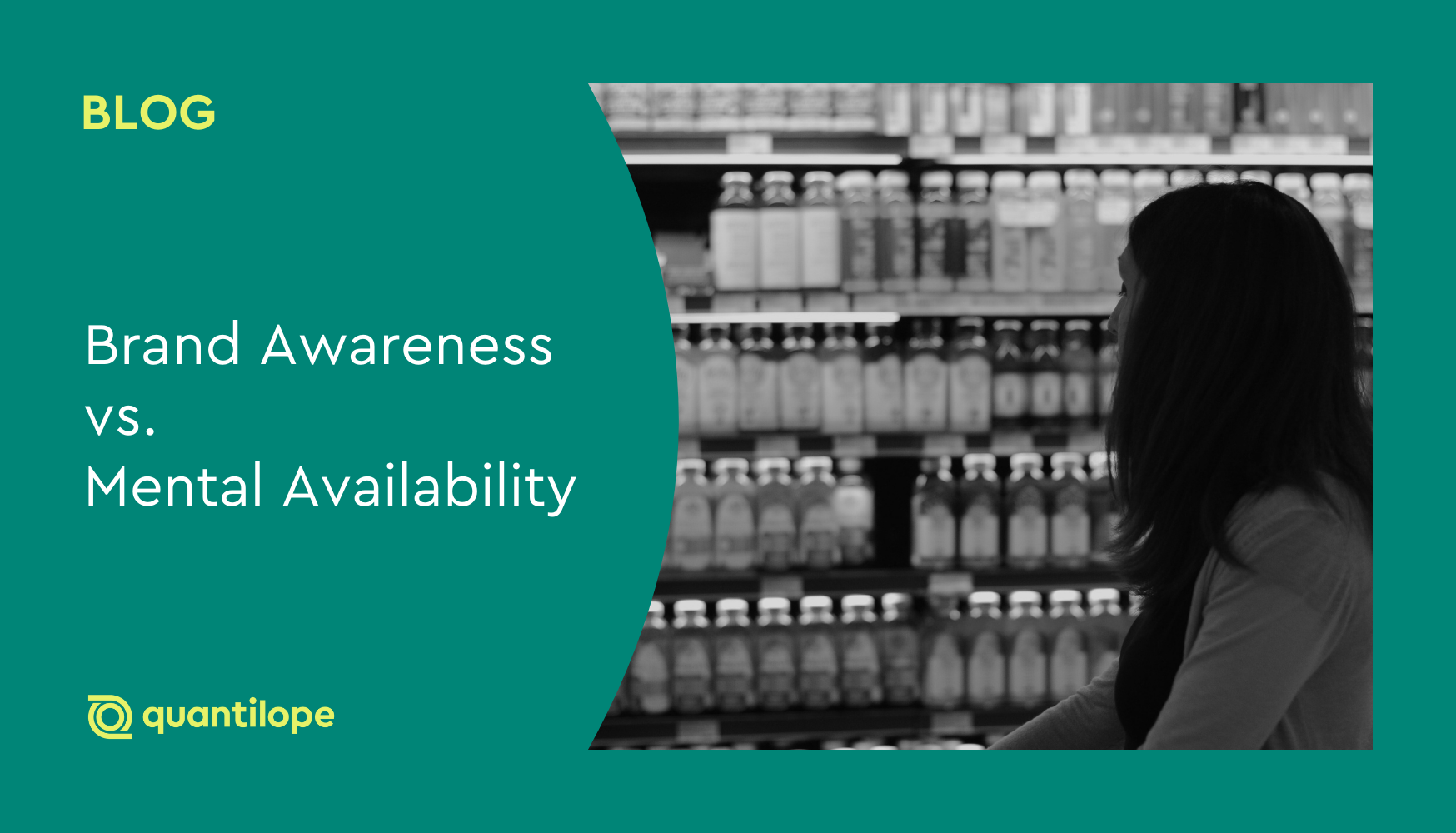All consumers have needs they are seeking to fulfill when they purchase a product or service. But what are those needs, and how do they differ by customer type? Keep reading to find out how to boost your consumer intelligence with automated segmentation.
Table of Contents:
- What is need-based segmentation?
- How does need-based segmentation differ from other types of segmentation?
- Advantages of need-based segmentation
- How to use need-based segmentation for marketing
- Get started with need-based segmentation
What is need-based segmentation?
Need-based segmentation, as its name implies, is a way of grouping customers into clusters according to their different needs. These needs relate to the driving factors behind their decision-making when opting for a certain product or service.
For example, many consumers buy cookies, and There are many types of cookies for those consumers to choose from. The cookie product consumers choose to purchase depends on the needs they’re looking to fulfill - be it practical needs, emotional needs, or both. Some consumers may have a need for healthy ingredients and low sugar, while other consumers are looking for a cookie that satisfies their need for good taste and chocolate flavor. A different group of consumers might be shopping for cookies they need to bring to an event or put out for many guests, and, a fourth group of cookie shoppers might need cookies that appeal to their children. When all these consumers stand in the cookie aisle at the supermarket or browse their online grocery shop, they are looking for cookies that tell them their individual needs will be met.
As such, need-based market segmentation for the cookie category might produce four customer segments that prioritize health, taste, package size, and children’s preferences.
How does need-based segmentation differ from other types of segmentation?
There are a number of segmentation approaches that each aim to group customers into logical clusters. Each type of segmentation works by defining customers according to a characteristic, behavior, or feature:
Behavioral Segmentation*
This type of segmentation will segment customers based on what they do (or how they behave). For example, this segmentation will categorize cookie shoppers based on how often they buy cookies, who they buy them for, how many varieties of cookies they buy at a time, and so on. It might also include where they buy cookies, when they buy cookies, and what their triggers are for cookie purchases.
Attitudinal Segmentation*
This type of segmentation divides customers based on their feelings/attitudes toward a category or idea. For example, how attitudes toward health and wellness impact cookie purchases, whether people feel cookies are an everyday essential or something to be eaten as a treat, or how important packaging is in the purchase decision.
*Behavioral and attitudinal segmentations are often grouped together into ‘Usage and Attitudes’ surveys, as behavior and attitudes are closely related. These types of studies are often referred to as psychographic segmentation studies, focusing on consumer attitudes and values.
Demographic Segmentation
Demographic segmentation will cluster customers according to their demographic profile (age, life stage, gender, social class, marital status, where they live, and so on). Often demographic segmentations aren’t enough in themselves to define different segments sufficiently. That’s because individuals tend to show more similarities based on their attitudes and behaviors rather than other surface-level factors that define them. However, demographic information can be used as a secondary means of understanding segments.
Advantages of a need-based segmentation
1. Get a better understanding of customer motivations
Continuing with our cookie example, it’s one thing to observe cookie shopping behavior in-store or to ask in a survey which cookies a consumer recently bought. You might observe an in-store shopper selecting a variety pack of cookies and assume they have a large household. Or, your survey results might indicate that shoppers recently bought low-calorie cookies, and you imply they are watching what they eat.
However, it could turn out that the consumer buying a variety pack of cookies is purchasing them for a child’s class party, and the consumer buying a low-calorie cookie actually just prefers the taste without paying any attention to the nutritional information. Both of these cookie shoppers could also have been purchasing their cookie products for a friend rather than themselves or their household.
As you can see, motivations aren’t always obvious. Market research has the power to unlock these deeper understandings through need-based segmentation for more efficient consumer targeting and marketing efforts.
2. Identify new growth opportunities
Understanding unmet needs in a category - as well as those that are already met - helps a business understand where they could introduce a new product or feature that would appeal to consumers. This might be a case of developing an existing product or expanding into an untapped market. Need-based segmentation indicates which group of customers is in need of something beyond what already exists, feeding into successful marketing campaigns, product management, and product innovation.
3. Create more personalized customer journeys
Different groups of customers have different needs - that’s why customer segments are so helpful. One valuable use of segmentation is the creation of a persona for each segment; this helps visualize the target audience to customize a product offering and associated messaging accordingly. For example, suppose you know that one of your cookie-buying segments is looking for a gluten-free product that they can also use in baking. In that case, you might want to create packaging that communicates the new product is gluten-free, with recipes shared for the product on social media. Understanding personas and the customer journey creates a more efficient use of marketing budget.
How to use a need-based segmentation for marketing
So once you have identified the variety of needs amongst your customer base, what’s the best way to put that knowledge to use for optimized marketing efforts? There are several ways you can get the most out of a segmentation:
Product and company positioning
Different segments will buy into different products or services in a portfolio; or, they might buy the same product but for different reasons. Knowing which needs drive a purchase decision enables a company to position its product to the narrower group of customers who buy it.
If you find that your overall target customers are looking for a company that prides itself on the quality of ingredients (for example), that’s a need that can be addressed in marketing campaigns. The definition of ‘quality of ingredients’ might further differ by customer segment (e.g. organic, local, all-natural, etc.) which can each be used in segment-specific communication.
Product development
Establishing customer needs highlights where the needs gaps are. Consumers could be happy with your brand’s product, but they might be settling for another brand because it’s cheaper and fits better into their shopping budget. While you might not always be able to adjust pricing, you can adjust what you offer; if you find your consumers are looking for a cookie with coconut in it, but none on the market currently satisfy their need, would adding a new coconut cookie to your product line prompt them to pay more for it?
Assessing the different customer segments in a segmentation allows a company to pin down need gaps and new opportunities. In other words, understanding what it is that drives product purchase and what would encourage customers to spend more with your company. This optimizes your product offer and keeps your brand relevant over time.
Customer retention
As well as attracting new customers, any business wants to ensure customer retention amongst its customer base. Using a need-based segmentation as a foundation for planning new products and product development contributes to a wider growth strategy and maximizes customer satisfaction. Knowing customer needs means a business can market its offer to those needs, delivering a great customer experience and minimizing churn.
Back to Table of Contents
Get started with need-based segmentation
Need-based segmentation is no longer a long, drawn-out process requiring trained behavioral science teams and weeks to dig into customer segments.
With research automation, quantilope’s need-based segmentation is accessible to researchers of any background or skill set. Consumer needs are first established using an automated MaxDiff approach. With the MaxDiff, research participants are asked to make trade-offs between varying sets of needs to establish which ones they deem to be most important in a category or product. Along with the MaxDiff results, information gathered from elsewhere in the survey (customer demographics, attitudes, and behaviors) is added to customer segment analysis for a complete picture of your target market.
Learn more about segmentations designed for success or get in touch below to start your own automated segmentation research project:




